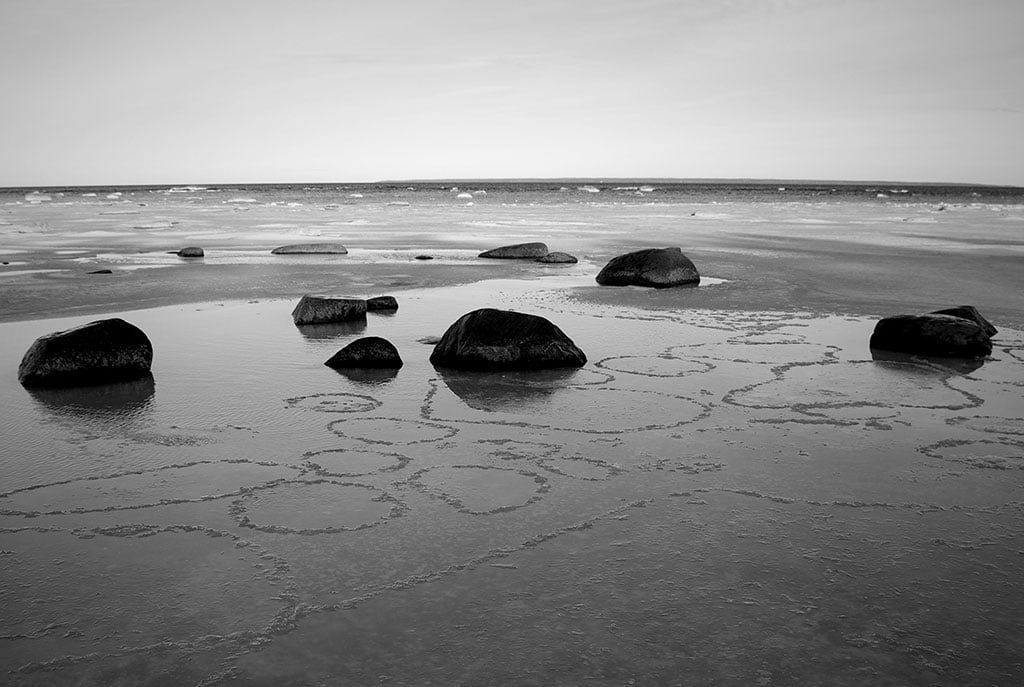In order to assert the heights and depths of a certain coastal area, hydrographers and surveyors use tidal datums (or tidal levels). A tidal datum is a standard elevation defined by a certain phase of the tide, and is mainly used as a reference to measure local water levels. Among the several tidal datums used throughout the world, the MLW (Mean Low Water) is common examples of how the information about water levels of a given location can be used as a basis for establishing privately owned land, high seas boundaries, prevent floods, etc.
Tides are the periodical movements of seawater, through which it rises and falls in relation to a fixed reference on the ground. This phenomenon is caused by the simultaneous attraction of the sun and the moon over Earth’s waters – as well as other transient environmental factors – and it’s the variation in their position in relation to our planet that provokes tidal cycles.
Within a tidal cycle, there are two main stages (or extremes) to be considered: High Tide (or High Water) and Low Tide (or Low Water). By calculating the average of these levels in a given location, over a period of time known as National Tidal Datum Epoch (usually 19 years, which is the closest full-year count to the 18.6-year cycle of the lunar node regression), it becomes possible to retrieve information that can later be used as a basis for establishing privately owned land, exclusive economic zone, high seas boundaries, and event prevent floods.
In order to assert the heights and depths of a certain coastal area, hydrographers and surveyors use tidal datums (or tidal levels). A tidal datum is a standard elevation defined by a certain phase of the tide, and is mainly used as a reference to measure local water levels. Since each area has its own oceanographic characteristics their tidal datums differ, making it so that the use of charts and tables not based on the same datum may result in incorrect calculation of water depths.
Among the several tidal datums maintained by the Center for Operational Oceanographic Products and Services, the MLW (Mean Low Water) and the MLLW (Mean Lower Low Water) are common examples of how the information about water levels of a given phase of the tide is calculated.
The Mean Low Tide (or Mean Low Water) is the average height of all low tides in a given place, deriving from a long series of observations (NTDE) of all levels of low tide in that spot. Branching off this concept, there is the MLWN (Mean Low Water Neaps) and the MLWS (Mean Low Water Springs), which are the average of all low neap tides and all low spring tides, respectively. Meanwhile, the Mean Lower Low Water (MLLW) refers to the average of the lower low water height of each tidal day observed over the National Tidal Datum Epoch.

Ryan is the founder of Tideschart.com. Originally from New Zealand, Ryan has traveled to more than 20 countries and has combined more than 10 years of development experience with his passion for the ocean.






